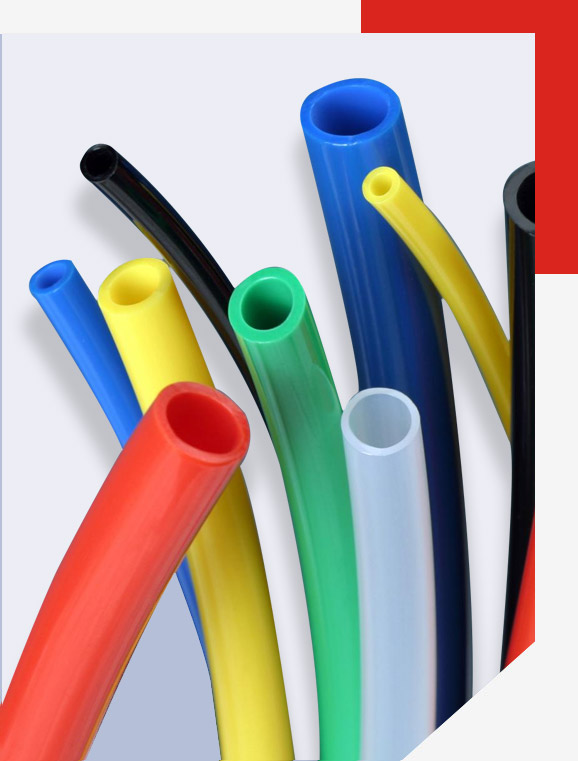
The Manufacturing of Nylon Tubing
The manufacturing of nylon tubing involves the plastic extrusion process. The raw compound material is usually in the form of tiny beads known as nurdles, which are gravity-fed into the barrel of an extruder. Once inside the extruder, colorants and UV inhibitors are added as liquid additives. The tubing is then drawn and formed into the desired shape.
Nylon tubing is a thermoplastic material with high heat and pressure resistance. It is also a thermally bondable material. Common medical applications for nylon extrusion include balloon tubing and catheter shafts. Nylon 12 tubing, for example, has excellent abrasion, crush, and crack resistance. It also has good dimensional stability and a high bend radius.
Other industrial applications for nylon tubing include pneumatic tools, aviation, laboratories, and filtration. It is also used for hydraulic hoses and in fuel and water lines. It is also a useful replacement for metal tubing for a variety of applications. In addition, it is lightweight and durable, making it a versatile choice for many applications.
Nylon is an excellent choice for high-pressure applications and is a versatile and durable plastic. It is especially durable when exposed to heat, and is highly resistant to abrasion. In addition, it has excellent chemical and abrasion resistance. In addition, nylon is extremely flexible. In general, nylon tubing is the best choice for any application that requires high-quality plastic tubing.
Nylon is one of the toughest and versatile materials on the market. It is resistant to a wide range of chemicals and is able to withstand high-temperature environments. The glass-transition temperature of nylon is 45 o C, which means that it can be used in hot environments. And, it is highly elastic, making it ideal for a range of industrial uses.
Polyamides can compete with metals when reinforced with glass fibers. However, the amide chemical group in polyamides causes them to absorb moisture and act as a plasticizer. This can negatively affect the dimensional stability of the polymer. As a result, polyamides are widely used in numerous markets. They are generally made by polycondensation of diacid with diamine or by ring-opening polymerization of lactams containing six, eleven, or 12 carbon atoms.
Because nylon is so versatile, many manufacturers use it in the manufacturing of their products. In addition to being cheap and fast to manufacture, nylon rods are durable and long-lasting. The plastic extrusion process also allows manufacturers to choose from a variety of materials. This allows for many different applications and the material is extremely versatile.
Polyamides come in two varieties - natural and synthetic. Nylon is the most popular and widely used type of polyamide in the US.


 English
English 简体中文
简体中文



